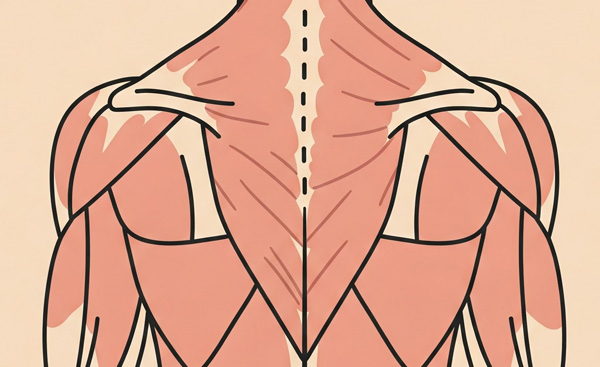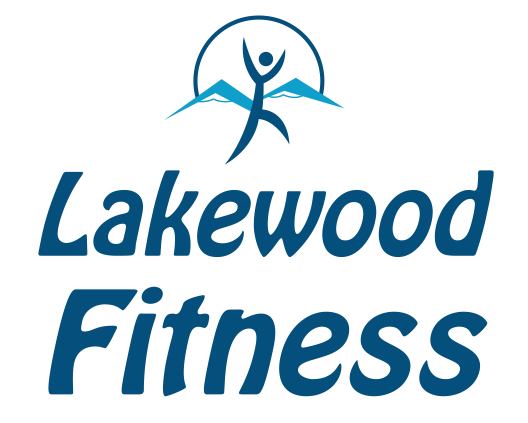
Is this Exercise is Right for You?
There are ten questions I always ask prior to performing any exercise. These questions help to assess and analyze the risks and benefits of an exercise. It is not about determining if an exercise is “bad,” just whether or not it is right for you based upon your limitations and goals. As always, please consult your physician prior to beginning any exercise program.
Question #1- What is the purpose of this exercise? Prior to performing any exercise, you should know the purpose or goal of the exercise. The purpose of standing French curls with one dumbbell, which would cause momentary muscle failure within 8-12 repetitions, is generally to strengthen the triceps muscle group.
Question #2- What muscles/muscle groups are targeted? In the example of standing French curls, we have identified that the triceps muscle group is targeted. However, due to the standing position of this specific exercise, we must also understand that the nose to toes core muscles are engaged to stabilize the body in a standing position which includes the shoulder stabilizers keeping the arms in the proper position throughout the exercise.
Question #3- Why do I need to strengthen this muscle group (i.e., what are the benefits)? Strengthening the triceps muscle group is important to enable us to extend the elbow joint safely and effectively and also to assist in shoulder joint extension. Triceps are involved in pushing/pressing motions at the elbow/shoulder joints which are common in daily life as well as sports/recreational activities. Strengthening the triceps is also important to prevent imbalances between the stronger, more often utilized biceps muscles and the triceps, which might lead to dysfunction of the elbow/shoulder joints and injury.
Question #4- What are the potential risks of this exercise? In a standing French curl, we need to be cautious of the elbow joint, making certain that the arm is as fully extended as possible without hyperextending the joint and that there is no pain at the elbow joint. Additionally, in a standing position, if the nose to toes core muscles are not kept engaged throughout, this might create hyperextension of the lumbar spine, leading to potential lower back issues.
Question #5- What are the possible modifications of this exercise? Possible modifications span the spectrum depending upon the limitations of the individual. If the body position is compromised at the shoulder or elbow joint where the individual cannot manage to keep the arms in position by the ears or cannot manage to extend the arms fully at the elbow joint, the most immediate modification is to lighten the level of external resistance. If this does not allow the individual to perform the exercise with a full range of motion at the shoulder/elbow joint, then this exercise may not be the exercise of choice. There are dozens of triceps exercises, consequently, perhaps choosing a different triceps exercise that does not require the over-head position, would be warranted, such as a triceps pushdown or triceps kickback.
Question #6- Where is the muscle located and what is its function? In the case of the triceps brachii, it is located on the upper/posterior arm and is the major muscle that extends the elbow and also assists with arm extension/hyperextension and adduction.
Question #7- What is the line of pull? The line of pull, which is the direction in which the muscle pulls, is critical to establish when performing any exercise. The triceps brachii muscle pulls the forearm away from the upper arm (i.e., extends the arm at the elbow joint). So in the case of another triceps exercise, the triceps kickback, the proper line of pull will require the following: begin with one upper arm parallel to the floor, opposite of gravity, arm pit closed, torso hinged forward from the hip joint, non-working arm resting on that same thigh, shoulders/hips/knees/toes all facing the same direction with the shoulders stable and rotated back/down, rib cage lifted, navel pulled toward the spine and pelvic floor lifted upward. Then, extend (i.e., kickback) the forearm fully extending elbow joint. Repeat your repetitions on both sides.
Question #8- Where is the origin and insertion of the muscle located? Where a muscle originates, and inserts will determine the action the muscle may perform. In the case of the triceps brachii muscle, it has three heads. The long head originates on a segment of the scapula, the lateral head originates on the upper third of the humerus bone and the medial head originates on the lower ¾ posterior surface of the humerus (i.e., upper arm bone). You do not need to understand all of this in detail, just know the general origin and insertion locations so you will understand basically how the muscle functions and why.
Question #9- How often may this exercise safely/effectively be performed? When we are discussing muscular strength exercises, such as a triceps kickback or French Curl exercise, the recommendation is two to three times per week allowing 24-48 hours between training days permitting the muscle to rest, repair and grow.
Question #10- Do I feel any pain/discomfort when performing this exercise? This is the old adage, that “if it hurts, don’t do it” and it still applies. Always listen to your body and use common sense. You should never experience any pain in a joint, or anywhere else, when performing an exercise. What we strive for during most muscular strength training exercises is momentary muscle failure where the muscle reaches a state of fatigue. Once we have reached that point, it is time to either choose a lighter form of resistance (i.e., dumbbells/resistive tubing/barbells, etc.) or take a break and recover prior to performing another set or moving on to the next exercise.
